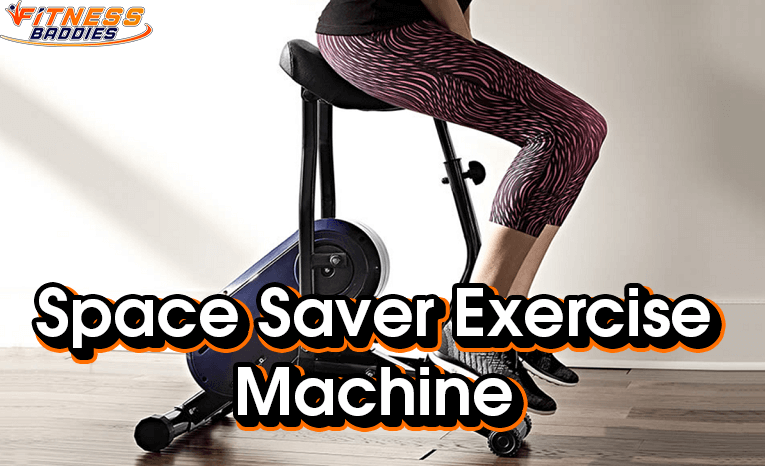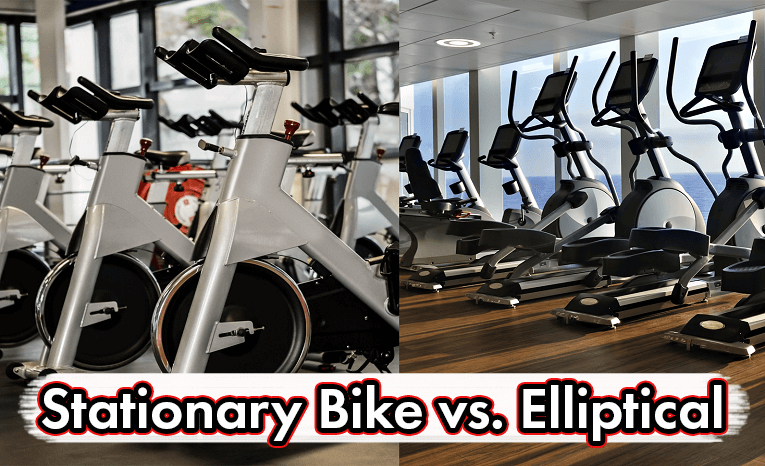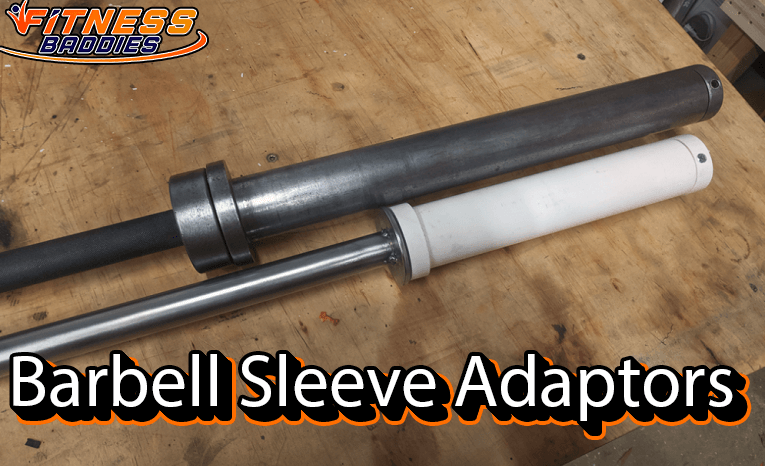Exercise Guide for Building Shoulder Strength: Front Plate Raise vs. Dumbbell Front Raise
If you love working out, or you're a gym fanatic, you know that more often, a set of broad and well-rounded shoulders indicates power and strength.
But you don't just get them overnight, right?
To get those well toned deltoids, you need to workout on specific muscle groups targeting to build perfect and strong deltoids.
The front plate and dumbbell front raises are some of the essential fitness workouts, whether you do them in a gym or a backyard gym shed at your home.
In this article, I will help you discover how to get there by analyzing what I have observed about front plate raise vs. dumbbell exercises and their effectiveness.
Are Front Plate Raises Effective?
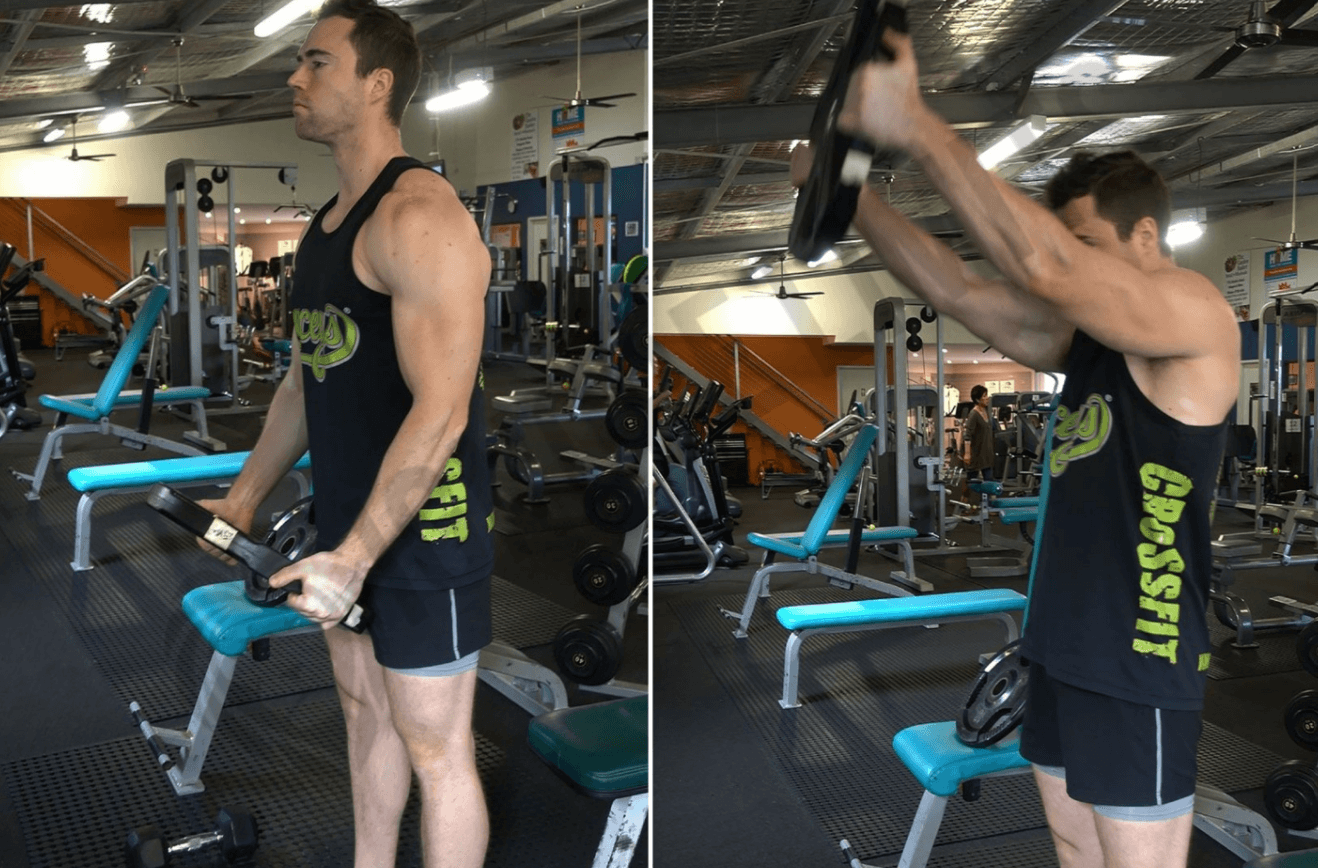
Yes, front plate raises are an effective exercise that targets the front deltoids.
Front plate raise benefits include the development of thick and strong shoulders, which results in elevated performance for both calisthenics and weight lifting, reducing injury risks, and aesthetics.
This front raise excellently and effectively isolates the anterior (front) delts- you feel a high level of contraction as you isolate these muscles. It is typically tricky for other muscles to help with raising, and that is why the front plate raise is an excellent isolation exercise.
As your fitness level improves, and you develop more strength, you also get an advantage if you want to incorporate other exercises like shoulder press, lateral raise and one arm pull up into your routine.
You can use the front plate raise as a finisher after other shoulder-building calisthenics, or you may use it as an accessory by replacing some heavier compound movements with it while doing other isolation exercises.
As you use the free weights, you recruit more activation to stabilize muscles on your upper body as well. The exercise is functional to stabilize the torso, core, and legs, making it ideal for everyday activities and sports.
You can do the lifting while seated or standing, but you must ensure to keep the weight moderate for shoulder joint safety.
You shouldn’t use too much weight to avoid sacrificing muscle form or any muscle injury.
Which is Better: Dumbbell Front Raise Or Plate Front Raise?
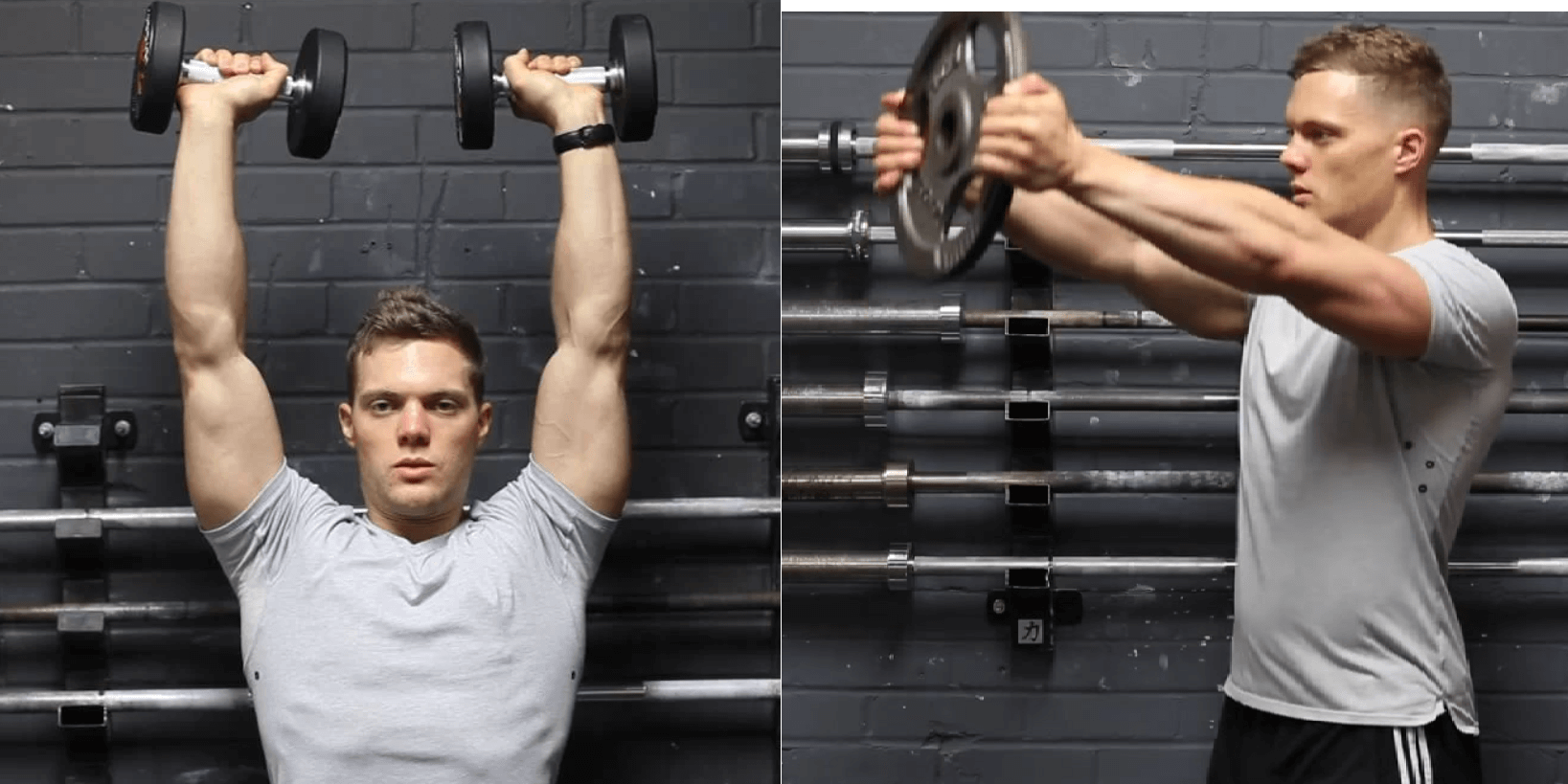
Front Plate Raise vs. Dumbbell front raise- the two are primarily shoulder exercises whereby you lift the weights on your front.
The front plate raise uses a weight plate, while a dumbbell front raise uses dumbbells. The front plate raise’s form requires your arms to remain relatively straight, and the weight plate’s shape dictates your wrist and palm position.
A dumbbell front raise is an excellent front plate raise alternative. As you lift, your hands move individually and independently. For that reason, Dumbbell front raise movement requires more stabilization and synchronization.
Both movements require wrist rotation. However, with a front plate raise, the rotation and the space between your hands does not change.
A dumbbell front raise requires that you lock your hands together so you can be in a stronger position to lift more weight.
As they get easier, you can adjust the weight, but do not sacrifice form. I prefer cheap adjustable dumbbells over standard ones as I can easily adjust weights for building muscles. The Millennium dumbbell is also a pretty good choice.
Bottom line, front plate raise vs. dumbbell betterment depends on your goals.
Are dumbbell front raises good?
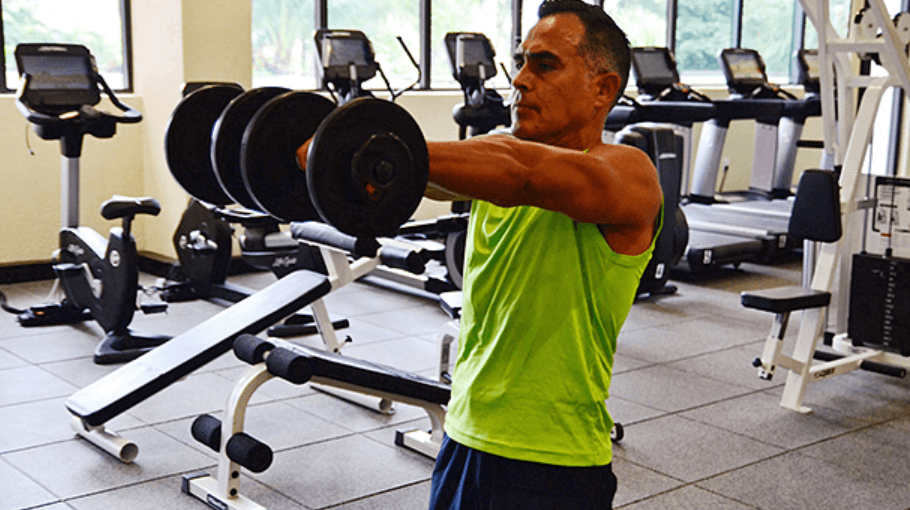
Yes.
They strengthen shoulder muscles and work the pectorals or upper chest muscles to build strength and define shoulders. A dumbbell front raise is a great candidate if you want to develop progressive overload.
I consider a plate front raise more functional than a dumbbell one because I feel it is primarily concentrated on front delts only. The weight is usually further away outwards, making it more difficult to move.
Related Reading; How to Remove Rust From Weights
What Muscles do Plate Front Raises Work?
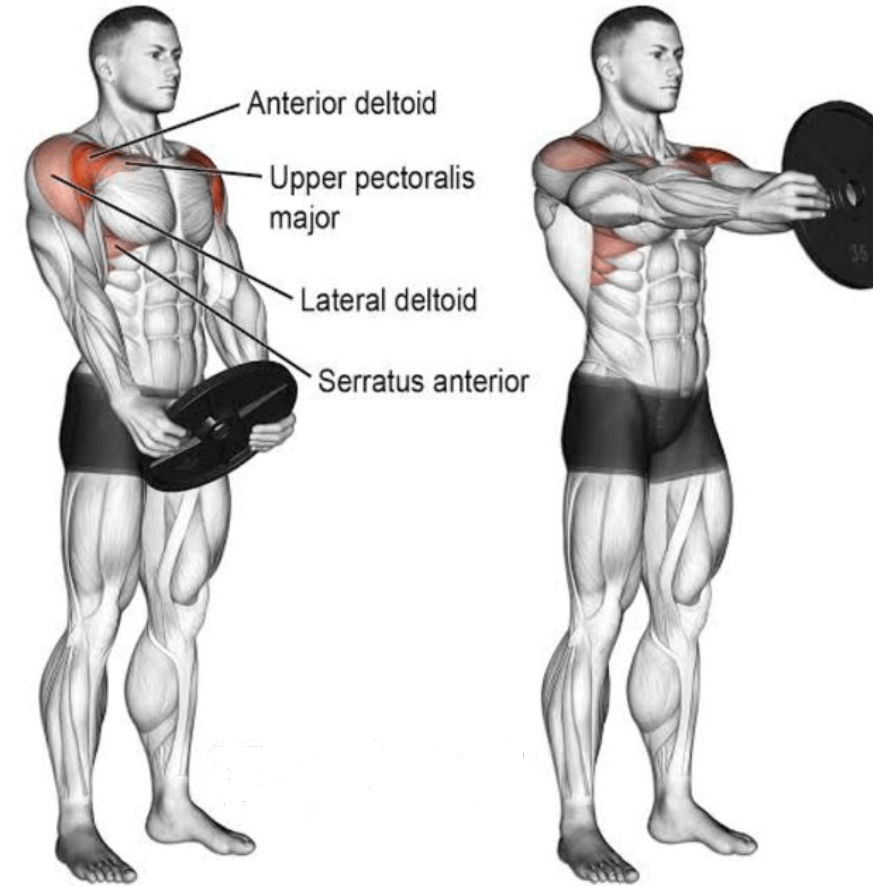
As we have established that a plate front raise is a shoulder exercise. As you raise the weight of the plate, you specifically target the anterior deltoids, which are also referred to as the front delts.
As you hold the plate, you also employ the forearm muscles, improving grip strength.
Although front raises work on the arms too, it may not be a good idea to implement arm workouts in your shoulder workout because of fatigue.
Instead, choose a different day for arms workouts by doing biceps and triceps on the same day.
Secondary muscles worked on include the biceps brachii as they adjust to the lifting force’s alteration, serratus anterior, and the pectoralis major’s clavicular portion.
As your palms face inwards and keep a neutral grip, you also involve the side delts a bit.
Related Reading; Flip Grip Twist Tricep Kickbacks
What Muscles do Dumbbell Front Raises Work?
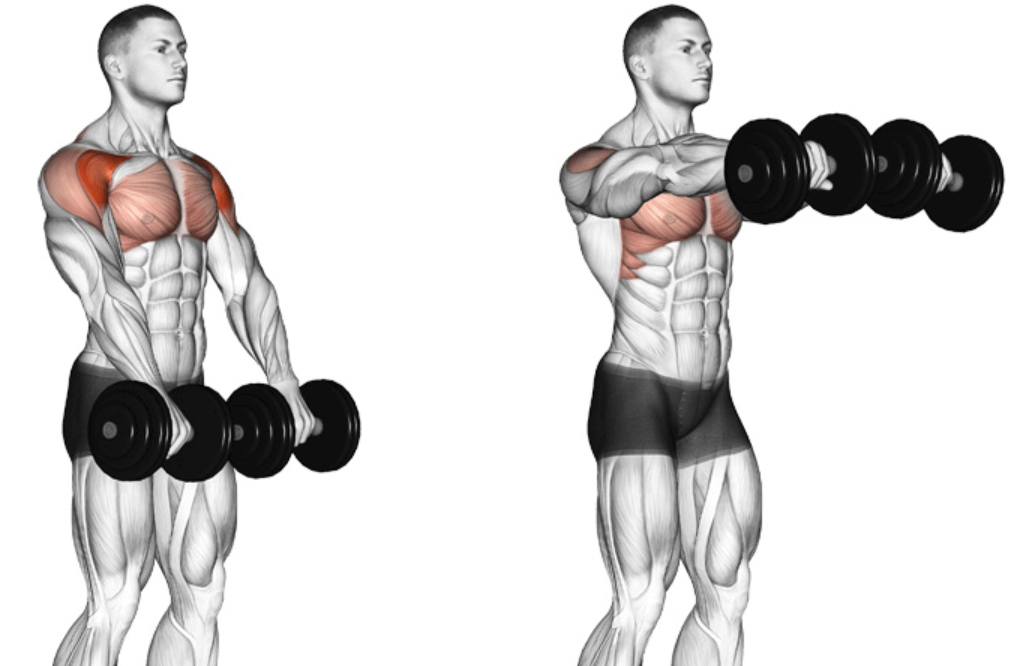
Dumbbell front raises primarily work on the anterior deltoid- the muscle required in shoulder flexion. The upper chest muscles are also primary muscles worked on with a dumbbell front raise- the pectoralis major’s clavicular portion, to be more specific.
While there are some effects on your chest, it does not mean that you can use these exercises for your chest workouts. Pec cable flys represent a better choice and should be part of a dedicated chest day.
Secondarily, this exercise gives a good push to the side shoulder muscles (lateral deltoids), upper and lower trapezius, and the serratus anterior. As you do the workout, the movements also allow you to work on your biceps and wrist extensors.
Six Mistakes to Avoid When Doing Front Raises
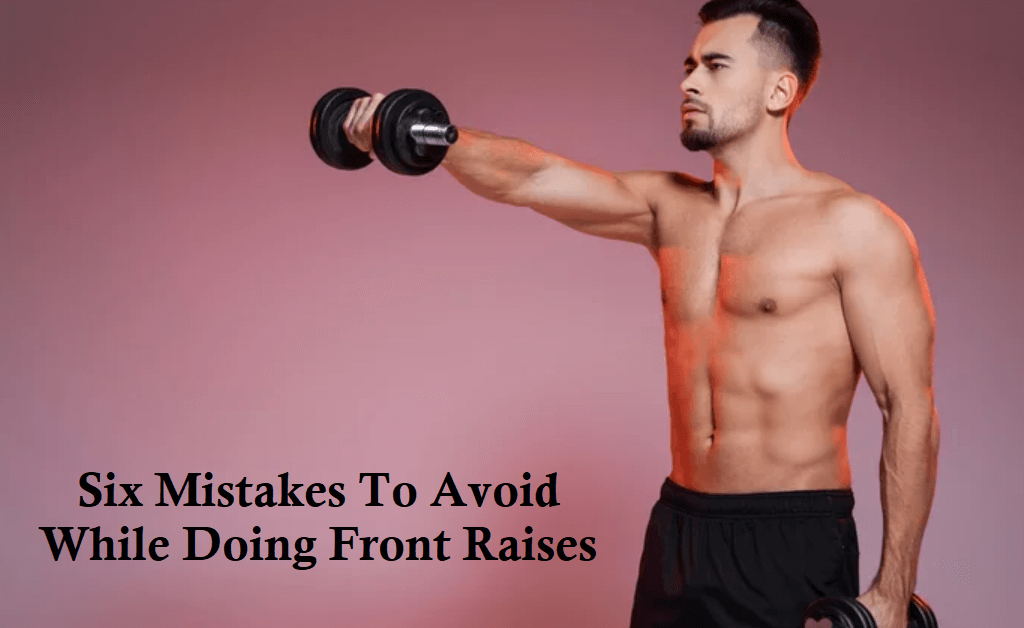
- Swinging the weights only gives a sense of accomplishment and limits the use of the targeted muscles.
- Shrugging the shoulders upward as you begin the movement limits the activation of the deltoids. You should focus on the entire motion range.
- Wrong foot positioning. You should set your feet slightly outside your shoulder width. Don’t have the feet too close since you won’t have enough support, and don’t let them be too far apart since that may shift the exercise to the lower back.
- Excessively bending the elbows, which can shift the load (if too heavy) to other arm parts, causing discomfort.
- Raising the weights being used higher than the shoulders, which may cause pain. Instead, focus on forming a straight line from your fingers to the shoulders.
- Failure to engage the core. You may arch your back and injure yourself. Ensure that you pull your belly button towards the spine.
On a side note, the stronger your core is, the better your form will be for these exercises. Doing exercises to build a killer core on other day will make your shoulder workout better.
Final Thoughts
Front raise exercises are great for building upper body strength and improving shoulder stability and mobility.
We have looked at front plate raise vs. dumbbell front raise exercises, their characteristics, how they build shoulder strength, and the mistakes to avoid during the movements.
You only have to choose what works best for you based on your goals and use the correct form, natural pre workout and proper weight to avoid injury. We also recommend seeking a physician’s advice before beginning these exercise programs.
Related Readings;
- Youth Weight Training: Is it Okay? When Should They Start Lifting Weights?
- Alternating Dumbbell Press: How to, Benefits, Muscles Worked, Variations, Mistakes To Avoid And Alternative Exercises
- Dumbbell-Only Workout Results
- Triceps Not Growing? I’ve Got Your Back – 5 Different Ways to Build Bigger Triceps with Bodyweight
- Should You Train Shoulders After Chest Day?
- Reverse Pyramid Training Full Guide
References:
- https://www.masterclass.com/articles/front-raise-guide
- https://www.bodybuildingmealplan.com/plate-front-raise/
- https://www.verywellfit.com/how-to-do-the-dumbbell-front-raise-3498300
- https://www.healthline.com/health/exercise-fitness/front-dumbbell-raise#takeaway
- https://www.livestrong.com/article/516687-the-dos-donts-of-standing-dumbbell-front-raises/
- https://www.blackridgefitness.com/plate-front-raise-guide/
- https://fitnessvolt.com/24648/plate-front-raise/

